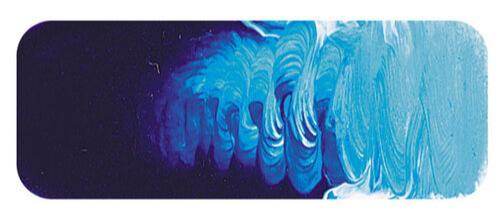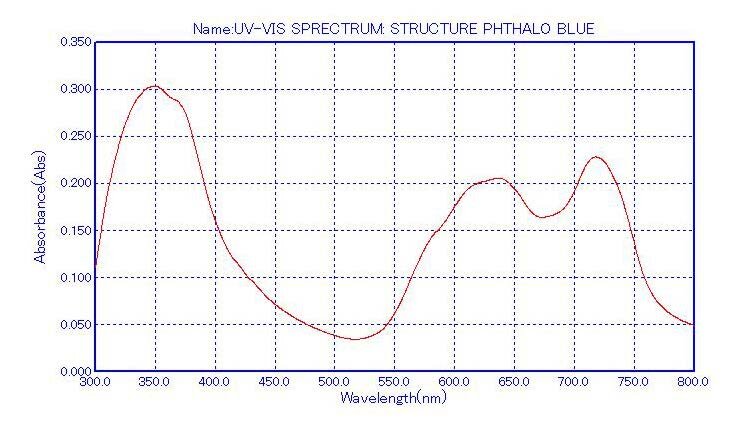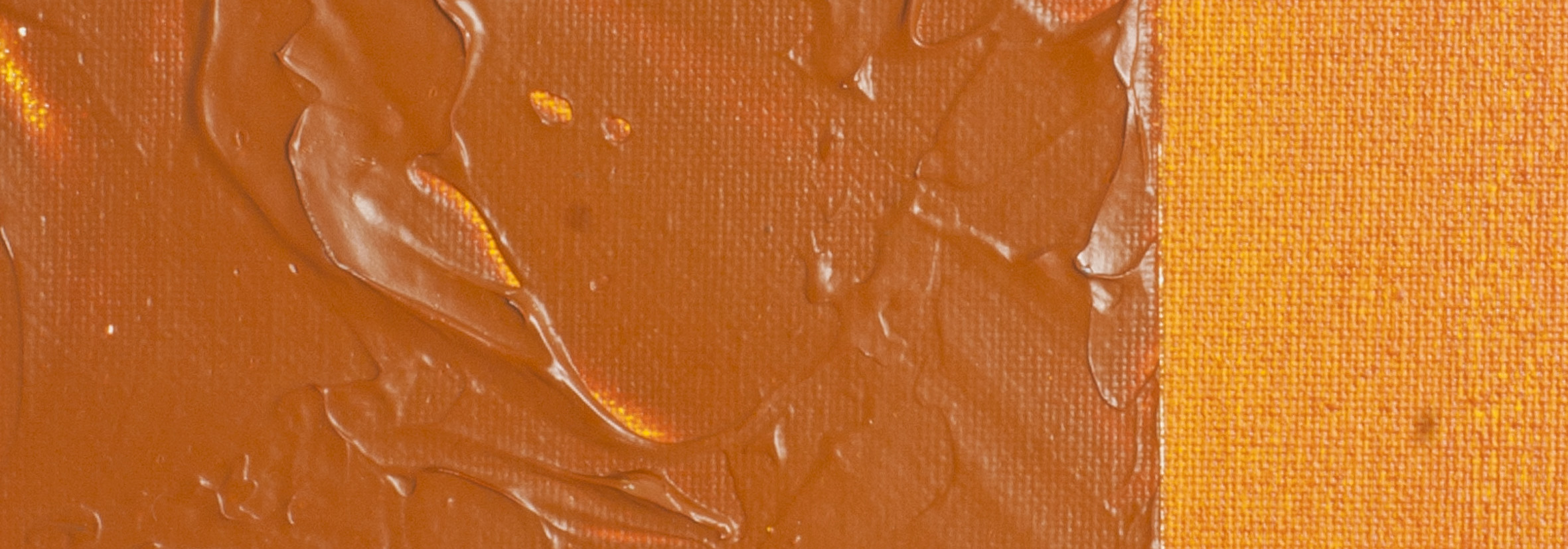Phthalocyanine Blue | Matisse Acrylic Paint
Chemical Description: Copper phthalocyanine
Pigment Number: PB15.3
Lightfastness Rating: ASTM I
Pigment Opacity: Transparent
Paint Opacity: Transparent
Series 2

Phthalocyanine Blue | Matisse Acrylic Paint
Origin and Accidental Discovery
Phthalo Blue, derived from Phthalocyanine, stands as a unique case where the scientific name of a pigment has gained widespread acceptance. Pronounced as "thalo," its initial confusion arises from the silent "Ph." Accidentally discovered by separate groups in Switzerland, Scotland, and the UK in 1907 and later in 1935, this colour proved to be a strong staining and beautiful pigment. The serendipitous nature of its discovery highlights the unpredictable paths of pigment development.
Strength and Manufacturing Process
Phthalo Blue boasts extraordinary strength, although no market-available Phthalocyanine is at full strength due to its overpowering nature. Manufacturers add extenders during production to render it workable, ensuring usability without adulteration. Even in its reduced form, it remains one of the most powerful colours on the palette, demanding judicious use to avoid overpowering mixtures.
Artistic Standard: The Necessary Dark Blue
Artists rely on Phthalo Blue as the standard dark blue. While Prussian Blue faced uneven quality issues in the early to mid-20th century, Phthalo Blue emerged as the go-to choice, especially in acrylics. Prussian Blue has since become stable and reliable, offering complementary features. Phthalo Blue's transparency and clean colour make it ideal for portraying blue and green-coloured glass, water, and other transparent or translucent substances.
Unique Applications and Mixing Possibilities
Phthalo Blue's rarity in the natural world makes it a versatile tool for artists, allowing the creation of colours unmatched by any other pigment. It proves particularly valuable in crafting various greens. The mixture of Phthalo Blue with Aureolin or Transparent Yellow Oxide produces dark Hooker's Green, with each combination offering distinct character. Modern alternatives to the original recipe for Hooker's Green ensure permanence and vibrancy.
Diverse Green Tones and Skies
Beyond traditional greens, Phthalo Blue combined with Cadmium Yellow Light or Cadmium Yellow Medium produces bright, unnatural greens found in man-made objects. For natural-looking olive greens, mixing Phthalo Blue with Iso Yellow or substituting it with Cadmium Orange yields satisfying results. The versatility extends to sky colours, with Australian Sky Blue complementing Phthalo Blue to achieve the perfect blue for various atmospheric conditions.
Exploring Seawater Hues
Phthalo Blue's versatility further extends to imitating seawater colours. Combining it with Australian Ghost Gum produces soft light green-blue hues, adding beauty and subtlety to underwater scenes or dawn sky colours. The surprising subtlety of this mixture contrasts with the usual brightness associated with Phthalo Blue, providing artists with a delightful range of possibilities.

Safety Data Sheet for Matisse Phthalocyanine Blue (SDS)
To view or download a copy of Phthalocyanine Blue SDS, please CLICK HERE * (271kb)
*The above link will open an external Dropbox window
Phthalocyanine Blue is available in Matisse Structure, Matisse Flow, Matisse Fluid

To install this Web App in your iPhone/iPad press ![]() and then Add to Home Screen.
and then Add to Home Screen.

